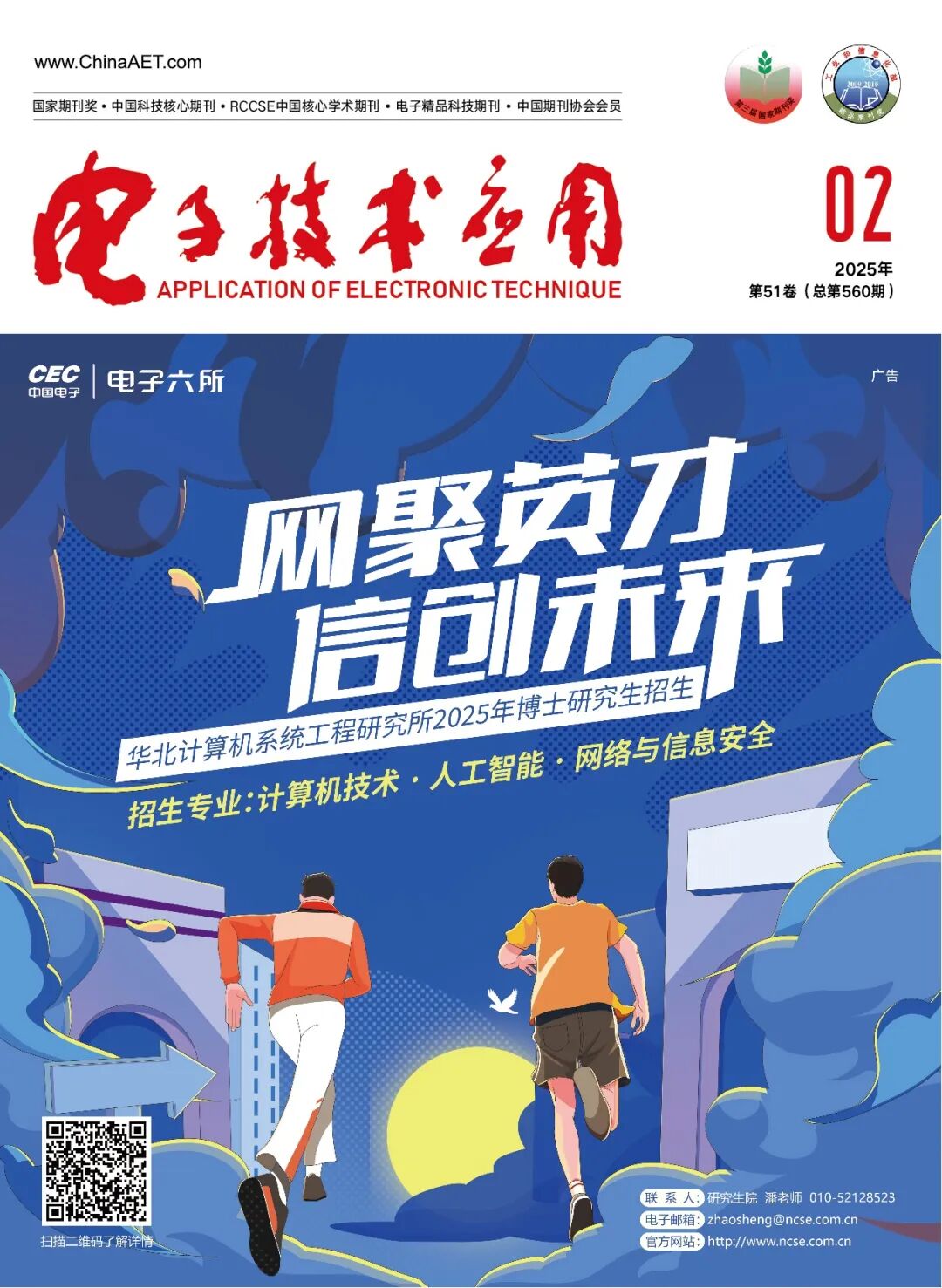Abstract:This article provides a brief overview of the research and application status of Digital Rail Transit (DRT) systems as an electronic-guided rubber wheel system in the field of urban rail transit. It analyzes the technical development of the i-DRT system by Shanghai Electric Group Intelligent Transportation Technology Co., Ltd. (referred to as Shanghai Electric) and its collaborative application with Shanghai Shenwo Bus Co., Ltd. (referred to as Shenwo Bus) in existing public transport models. The article evaluates the current technical principles, advantages, and challenges of DRT systems, and proposes future research directions and suggestions to provide references for subsequent studies.
0 Introduction
With the acceleration of urbanization and the increase in population density, urban traffic congestion has become increasingly severe. The characteristics of Digital Rail Transit (DRT) systems, such as intelligent, green, low-carbon travel and shared road rights with other vehicles, have become key to alleviating traffic congestion. According to the 2020 annual statistical and analysis report on urban rail transit [1], urban rail transit is divided into 10 categories based on system types, among which the electronic-guided rubber wheel system, aimed at new modes of urban public transport, has been officially included in the series of urban rail transit system types. By the end of 2020, the electronic-guided rubber wheel system accounted for 20.7 km of the operational urban rail transit lines, representing 0.26%.
In March 2024, the China Urban Rail Transit Association released the 2023 annual statistical and analysis report on urban rail transit [2]. By the end of 2023, the electronic-guided rubber wheel system accounted for 168.54 km of the operational urban rail transit lines, representing 1.50%. From the end of 2020 to the end of 2023, the mileage of the electronic-guided rubber wheel system has steadily increased, and its proportion of all operational urban rail transit lines has gradually risen.
The Digital Rail Transit system, also known as the electromagnetic digital rail rubber wheel system, is a subdivision of the electronic-guided rubber wheel system [3]. The intelligent digital rail transit system (i-DRT) developed by Shanghai Electric Group Intelligent Transportation Technology Co., Ltd. uses digital magnetic tags (also known as magnetic nails) as virtual tracks. As a new type of intelligent transportation system, it promotes the development of transportation towards greater intelligence and automation, aiming to meet the future development needs of urban transportation.
1 DRT System Overview
……
2 i-DRT System Positioning and Architecture
……
3 Typical Applications of the i-DRT System
……
4 Technical Principles, Advantages, and Challenges of the DRT System
……
5 Operational Management and Future Development Trends of the DRT System
……
6 Conclusion
……
Author Affiliations: Shanghai Shenwo Bus Co., Ltd., Shanghai Normal University Tianhua College, Shanghai Electric Guoxuan New Energy Technology Co., Ltd., Shanghai Electric Group Intelligent Transportation Technology Co., Ltd.
Click here to view/download the full paper
This article is included in the February 2025 issue of “Electronic Technology Application”!
Click the magazine cover to enter the electronic journal section
↓ ↓ ↓
